If you're getting ready to observe the April 8 solar eclipse and have been caught up in all the (justifiable) hype, these facts about the eclipse are a good reminder as to what makes it so special.
Eclipse-chasers across Canada, the USA and Mexico are in for a treat this April, as a total solar eclipse will be visible in the springtime sky.
Many will get to see the total solar eclipse in full as the Moon passes in front of the Sun, covering the solar disc and plunging daytime into temporary darkness.
Others outside of the path of totality will still get to see a mesmerising partial solar eclipse.

There will be dedicated eclipse chasers with solar telescopes, newcomers with eclipse glasses and kids projecting the shadow of the eclipse through colanders (more on this in our guide on how to safely observe a solar eclipse)!
In preparation for the April 8 solar eclipse, here are 12 facts about the event that you need to know in the run-up.
Total eclipses are kind of a big deal
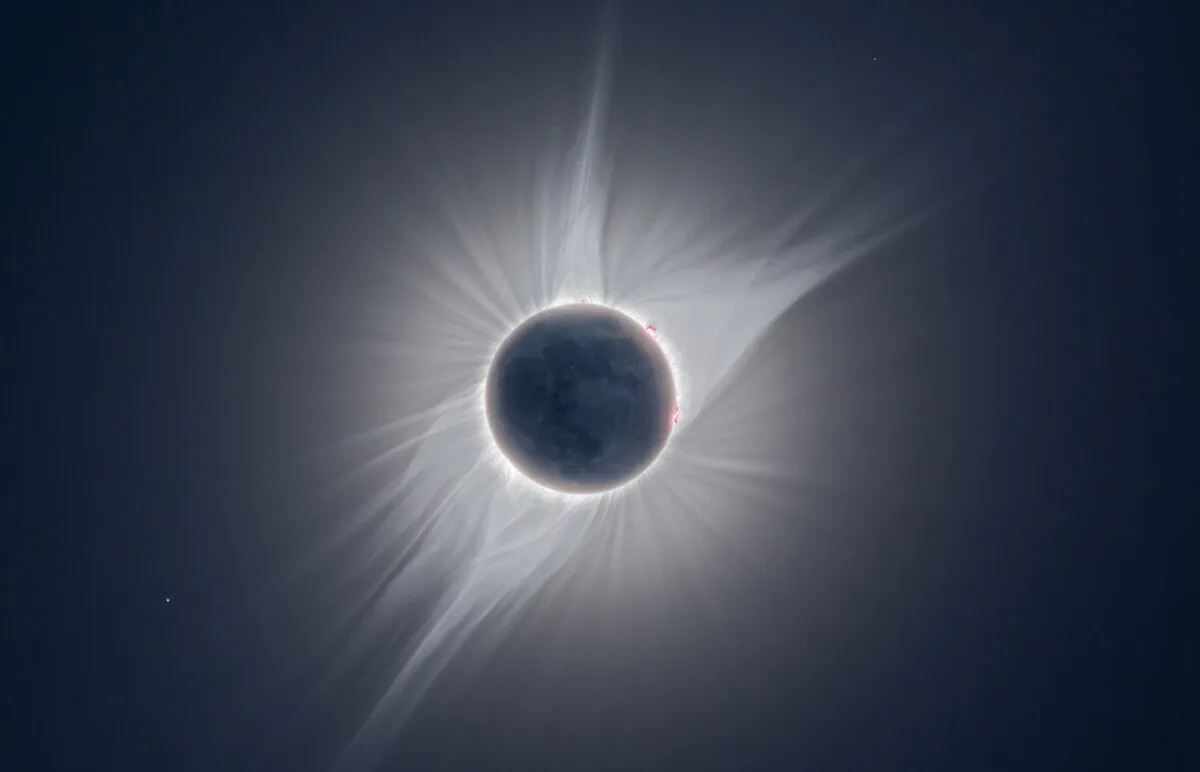
Total solar eclipses don’t happen that often: the last one visible from the US was in 2017, and another one won’t be visible from the US until 2044. And even then you’ll need to be in Montana or the Dakotas, whereas this one will be visible across a big swathe of Mexico, the USA and Canada.
They’re caused by a Sun-Earth-Moon alignment
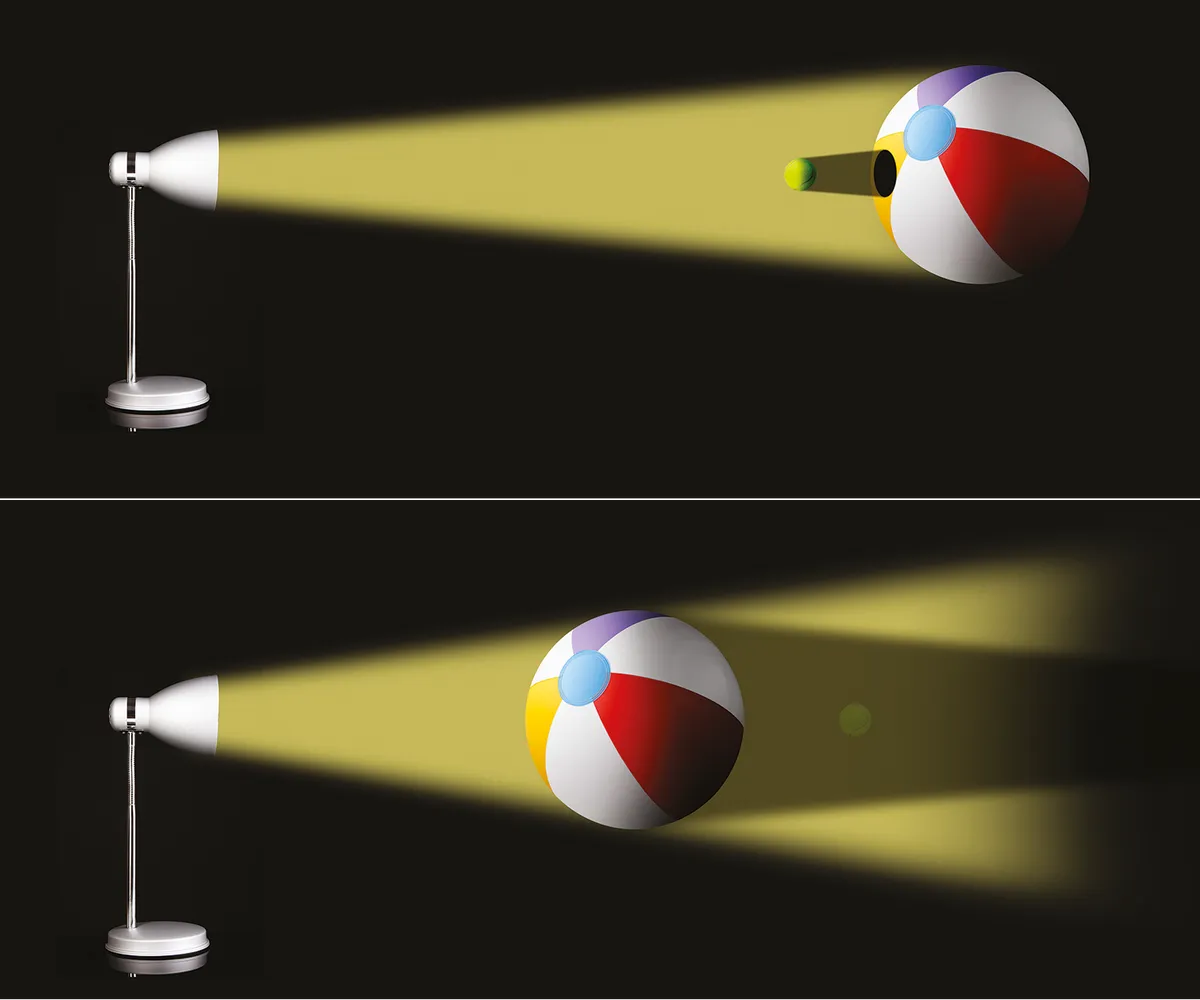
Solar eclipses occur when the Moon’s orbit puts it directly between Earth and the Sun. Depending on the exact alignment of the three, and where you are on Earth, this can cause a partial, annular or total eclipse.
The April 8 eclipse will be visible across the USA
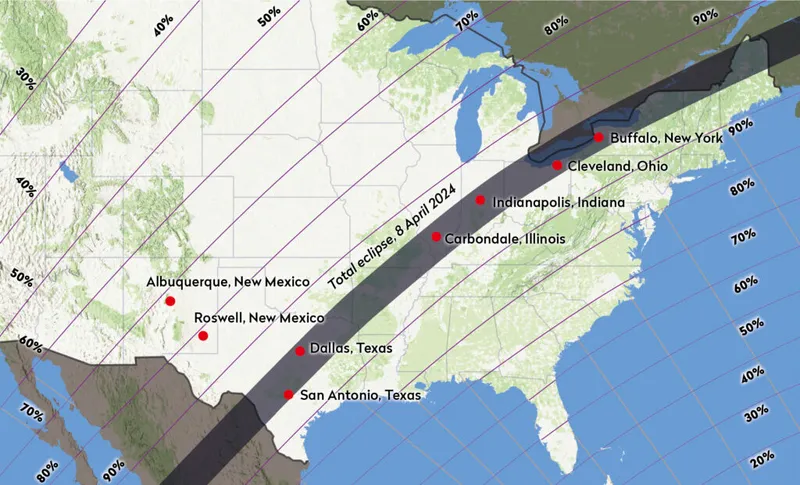
A partial eclipse will be visible from pretty much any location in the United States. But the path of totality – from where a total eclipse will be visible – is a 200km (124 miles) wide stripe running northwest from Mazatlan in Mexico, through Dallas, Little Rock, Indianapolis, Akron, Buffalo and Niagara Falls in the US, before narrowly missing Montreal and moving on out over Newfoundland.
North America doesn’t get all the fun

While the path of totality only traverses Mexico, the USA and Canada, a partial eclipse will be visible from Central America and from parts of western Europe, including Iceland, Ireland and parts of Spain, Portugal, the UK and Norway. Yes, the April 8 solar eclipse will be visible in the UK and Ireland.
31 million people live within the path of totality

By way of contrast, only 12.5 million lived within the path of the last total eclipse in 2017. But millions more are expected to travel to see the April 8 eclipse – over half the US population live within a 250-mile drive of the path of totality.
National parks are great place to see the eclipse

The path of totality passes over numerous national parks, including the Lyndon B Johnson National Historic Park, Hot Springs National Park, Ozark National Scenic Riverway, George Rogers Clark National Historic Park, and Canada’s Thousand Islands National Park.
The eclipse will cause several minutes of darkness
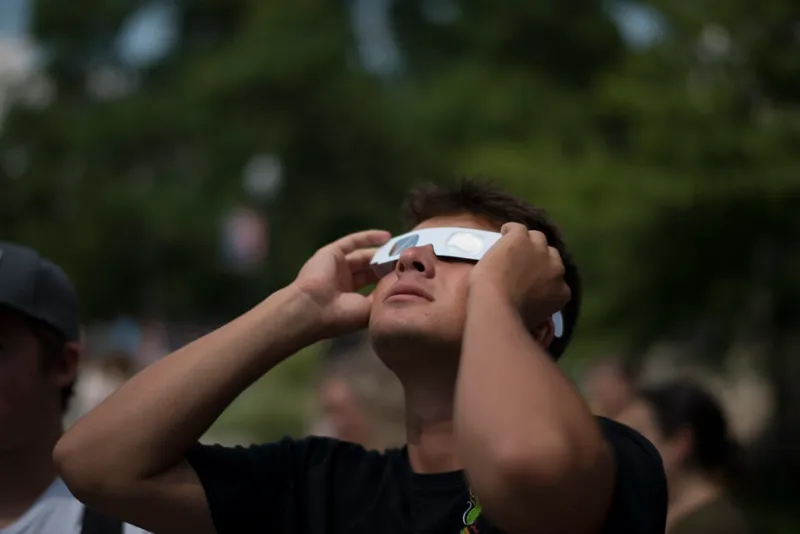
The duration of totality decreases, though, as the eclipse moves northwest. So while Nazas in Mexico will see 4m 27s of darkness, Cleveland and Indianopolis will see just 3m 50s and 3m 45s, respectively, while by the time the eclipse reaches Newfoundland, totality will be down to a mere 2m 36s.
It will all be over quite quickly
In total, the Moon’s shadow will pass over the North American continent for just 1h 43m. During that time, it will traverse five time zones.
To see another one, you’ll need to get on a plane
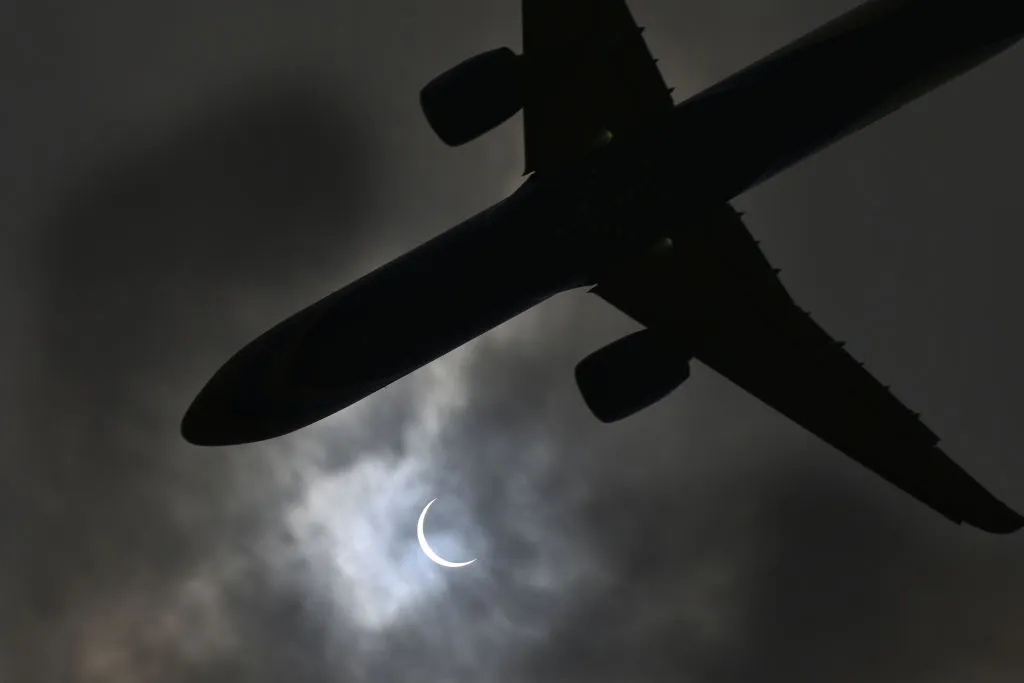
While there won’t be another total eclipse in the US for 20 years, there will be total eclipses in Spain in 2026, northern Africa in 2027, Australia and New Zealand in 2028, and Africa and Australia in 2030.
Total solar eclipses are a kind of cosmic accident
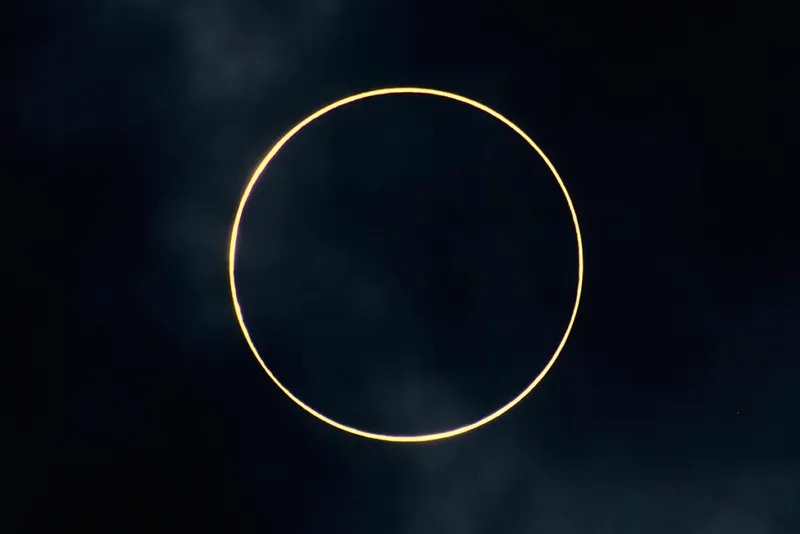
This is perhaps our favourite of all April 8 solar eclipse facts, because it perfectly shows how the randomness of the Universe can create extraordinary (and beautiful) coincidences.
Total eclipses only occur because the Moon just happens be the right size, and the right distance from Earth, to 'fit' almost exactly over the Sun when viewed from particular points on Earth’s surface.
Total solar eclipses are fairly rare in the Solar System

Venus and Mercury have no moons, while Mars’s two Moons are too small to eclipse the Sun fully. Jupiter, Saturn, Uranus and Neptune, on the other hand, do have satellites of sufficient size to cause total eclipses – but then again they’re gas giants, and so have no solid surface you could stand on to see one from.
One day, total solar eclipses will stop happening on Earth
The Moon is slowly moving away from Earth, at a rate of about 38mm per year. So eventually, it will be too far away to cause total eclipses. But don't worry, that’s not expected to happen for another 600 million years or so.
Are you observing the April 8 solar eclipse? Let us know how it went by emailing contactus@skyatnightmagazine.com
